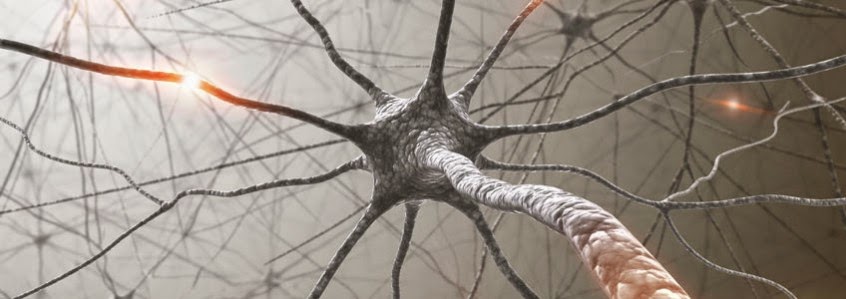This text was originally printed in Bowen Hands, September 2013, written by Catalina Ascinte, MD.
My name is Catalina Ascinte. I am a MD neurosurgeon, with 18 years of experience in traditional medicine and a student of Bowen Therapy (Bowtech).
I would like to share with you the case of a patient of mine, both from my point of view as a doctor, as well as considering my knowledge about Bowen Therapy.
Patient TC, 29 years old, professional driver, is brought by an ambulance on the 20th September 2010. After the first tests were conducted, he is diagnosed with severe diffuse cerebral contusion, acute subdural hematoma in the right hemisphere, left rib fractures, left upper lobe pulmonary contusion, pneumothorax left, left temporal linear fracture. He undergoes an emergency surgical procedure, which consisted of the evacuation of the subdural hematoma by undergoing left-side frontal temporal parietal decompressive craniotomy (the surgical removal of the frontal temporal parietal bones on the left side, on an areas of about 7-10cm, and discharging the blood that compresses the brain).
The general state of the patient improved; he was conscious, but unable to move voluntarily, eat on his own or have control of his sphincter. At a later date, he underwent another surgery, for hydrocephalus, which consisted of ventriculoperitoneal shunting. When discharged from our service, the patient was conscious, but collaboration proved to be difficult; he was able to answer only by movements of the eyeballs; sometimes he would slightly move his right arm. He had trouble swallowing (he was fed through a nasogastric tube), had no control of the sphincter (he needed a urinary catheter) and was completely unable to walk.
Later on, the patient was hospitalised in the Medical Rehabilitation Clinic, where he started physical therapy and speech therapy. His movement ability improves slightly. After trying to remove the nasogastric tube, the patient suffers bronchopneumonia due to his swallowing difficulty. Endoscopic gastronomy is performed on the 24th of June 2011. All this time, the patient had also undergone physical therapy at home, but without any significant results.
In September 2011, the patient’s family finds out about Bowen therapy and decides to try it, as a last resort, in weekly sessions, with the therapist Niculina Gheorghita. After the first sessions, remarkable results appeared; he started talking and swallowing in November and later on he was able to sit and take a few steps. In a few months after starting the Bowen therapy, the patient regained his sphincter control as well.
In February 2012, the patient showed up at our clinic in order to undergo cranioplasty (correction of the bone defect with an acrylic plate). Everything went fine, with good evolution of the patient: he was able to talk, walk and eat by himself by the beginning of the month.
In September 2012, the patient presented a left front suppurated wound. After trying to solve this with antibiotics, according to the antibiogram, it is decided to remove the acrylic plate, considered to be the foreign body maintaining the infection. This decision was also influenced by the existence of a post-surgical dehiscence (separation of the layers of a surgical wound).
At first, I did not have an explanation for this dehiscence. I was able to find an explanation during surgery, when, after removing the acrylic plate, I observed a fibrous structure at that level (a reaction of the body), which looked like onion layers.
Conclusions
The vegetative state of the patient was constant for one year after the accident, despite the medical treatment (physical therapy, speech therapy). One year after beginning Bowen therapy, the patient looked and acted like a healthy person: he thought, spoke, ate, and walked all by himself. The fact the infection was not followed by meningitis, considering that the head plate was a foreign object for the body, can only be explained by the ‘inner doctor’ work – activated by the Bowen technique.
Finally, the fibrous structure I found after removing the acrylic plate seems to be another consequence of the self-healing. Seeing bone regenerate itself has left me amazed. During my time as a doctor, I have had the chance to see the body react after such an intervention, but I have never seen the fibrous tissue display itself in such fine layers.
I have to admit I wouldn’t believe such a story if I didn’t see it happening with my own eyes. I was so impressed about this case, that I decided to register for Bowen courses and since I started practicing this technique myself, I encounter many other amazing recoveries.
Happy Bowening!
Dr. Catalina Acinte
Iasi, Romania
http://bowentraining.com.au/personal-stories/neurosurgeon-amazed-bowen-therapy


Brak komentarzy:
Prześlij komentarz